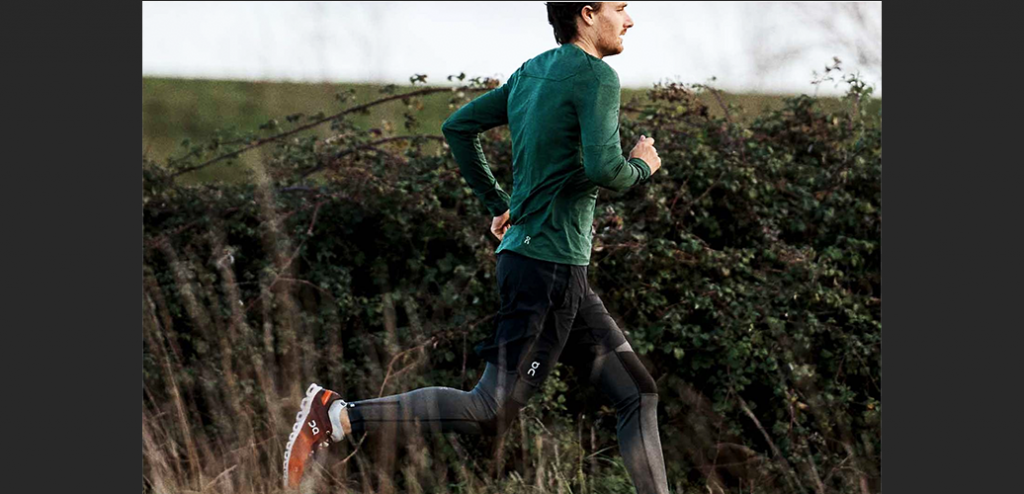U.S. athletic footwear dollar sales declined in the mid-single-digits in 2020, and units were down in the low-teens, according to The NPD Group. Activewear sales were also down in the mid-single-digits for 2020. The update was provided by Matt Powell, vice president, senior industry advisor, sports, The NPD Group.
In athletic footwear, both men’s and women’s declined in the mid-single-digits, while the kids market was down in the high- single-digits.
By channel, athletic footwear sales at premium department stores grew in the low-single-digits for the year, while mid-tier department stores declined by almost 20 percent. Shoe chains fell in the low-teens, and sales within the athletic specialty/sporting goods channel dropped in the low-single-digits.
One bright spot for the year was the growth in average selling prices, as higher-priced items led the way. “If the decline in units can be stemmed and prices stay up, there will be nice leverage in this new year,” said Powell.
Among specific categories, sport-lifestyle footwear, including retro styles, declined in the low-single-digits, outperforming the market. Walking shoes declined in the mid-single-digits for full-year 2020; however, the segment experienced growth in Q4.
Although performance running and hiking/trekking footwear sales declined in the mid-single-digits for the year, both showed signs of improvement in the second half. Powell said, “I believe both are benefitting from a renewed interest in healthy lifestyles and the social distancing measures.”
Performance basketball sales, currently representing about 3 percent of all athletic footwear sold, declined by nearly 25 percent. Golf shoes surged with a low-teen’s increase, while tennis shoes were essentially flat. Footwear used for scholastic sports such as baseball, football and soccer struggled as many school systems canceled their sports season. Skate shoes declined by about 20 percent driven by Vans.
At the brand level in athletic footwear, Nike saw a low-single-digit decline for the year. Jordan had a small increase in 2020, driven by a strong first-half (sales were up in the low-teens) yet softer in the second half. Converse saw a sharp decline. Adidas sales were down in the mid-teens while Reebok had a low-single-digit increase, after an improved second half. Brooks, On and Hoka One One all performed well. Other running brands, while negative, saw improvement in the second half. Under Armour footwear declined in the low-teens in 2020 overall, but saw improvement in the latter six months. Puma’s footwear sales were up about 20 percent.
In activewear, men’s declined in the mid-single-digits, women’s in the low-single-digits, and kids in the high-single-digits.
Outerwear tops were down nearly 20 percent. Knit shirts declined in the low-teens. Pant sales dropped in the low-single-digits, while shorts grew in the low-single-digits. Sweatshirt sales for the year were up in the mid-single-digits. Underwear bottoms grew by more than 20 percent, while undershirts were up in the mid-teens and bras in the low-teens. Socks were down in the mid-single-digits.
Looking at major brands, the aggregate of all reporting retailers’ private label brands grew in the low-teens. Nike activewear dropped in the mid-single-digits. Under Armour was down in the low-single-digits but improved in the second half. Adidas apparel dropped in the low-teens. Hanes sales grew by more than 25 percent, while Fruit of the Loom declined in the mid-single-digits. Puma apparel grew in the high-teens, while Champion improved in the mid-single-digits.
Powell concluded, “As I wrote about in my 2021 sports retail outlook earlier earlier this month, I expect the athletic footwear and activewear markets will grow sales in the low-single-digits for the year, above 2020 levels, but still below 2019. Performance running and hiking will lead the footwear categories, while sweatshirts and active bottoms will lead activewear. The trend line in 2021 will be very bumpy, but pockets of growth remain intact.”
Photo courtesy On Running














